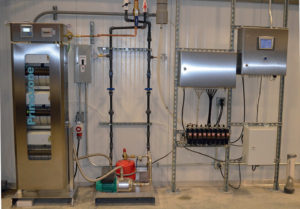
Ozone increases productivity in RAS systems
Studies on improving water quality in recirculating aquaculture systems has identified ozone as an excellent solution for an optimal water environment.
Innovations in key technologies have contributed to productivity growth in salmon farming. Manual production tasks have been automated, while improvements in feed and disease management also increase efficiency.

Studies on improving water quality in recirculating aquaculture systems has identified ozone as an excellent solution for an optimal water environment.
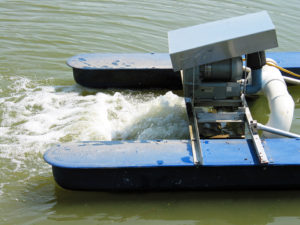
A rectangular airlift can be compact and more space efficient than airlifts made with multiple cylinders as they can generate much higher water volume outputs.
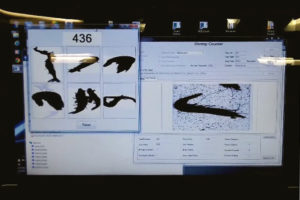
Optical scanning and associated imaging software reduces stress and increases accuracy as compared to traditional techniques for shrimp measurements.
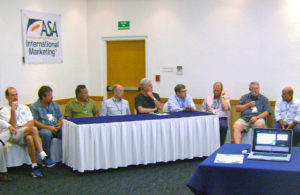
An Aquaculture Investment Workshop considered issues delaying aquaculture development in Latin America and the Caribbean.
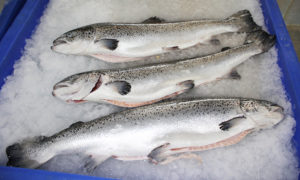
A virus that causes pancreas disease was patented, but when a vaccine produced by a patent licensee was found insufficient, another company developed a vaccine based on a different strain of the virus. The courts in Norway determined the work on the second vaccine was a patent law infringement.

With aquaculture insurance, producers can substitute an insurance premium of a known cost for an unknown potential cost, the loss of stock.
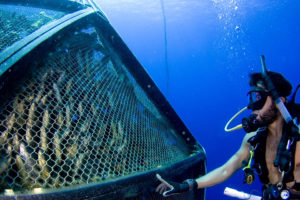
The Velella Project examined the technical viability of unanchored open-ocean fish farming by deploying a submerged net pen off Hawaii.
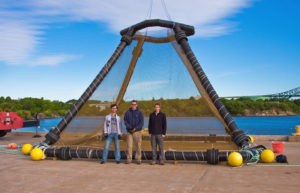
The use of copper alloy nets in marine aquaculture shows promise in improving biofouling resistance and net chamber volume integrity, reducing maintenance costs, and preventing fish escapement and loss due to predation.
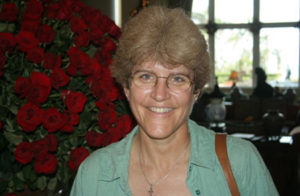
Of Susan Chamberlain many wonderful traits – in particular her kindness, generosity and trustworthiness – her dedication helped the Global Aquaculture Alliance endure.
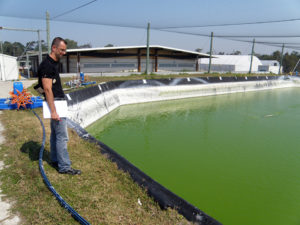
Expansion of the Bribie Island Research Centre allows agencies to tackle multidisciplinary research tasks to help the Australian aquaculture industry.
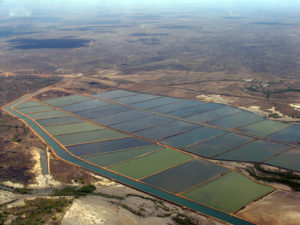
As aquaculture grows, the industry will need tailored insurance solutions that address the realities of varied production methods and locations.
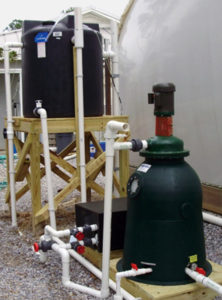
Mini-boutique systems offer a low-cost introduction to recirculating aquaculture that combines fry, fingerling and grow-out phases within a single engineering unit designed for modest stocking densities.
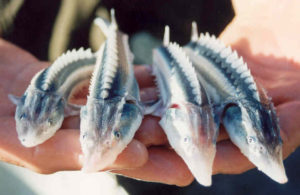
Research with sturgeon and carp species indicated that encapsulated artemia has high potential to carry probiotics or other beneficial microorganisms.

Despite their relatively small footprint, low-space bioreactors deliver sustainable and cost-effective biological wastewater treatment, particularly in recirculating aquaculture systems, where ammonia removal is critical.
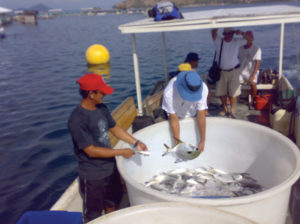
The Soy-In-Aquaculture project in the Philippines has introduced low-volume, high-density cage culture production methodology for use with high-value marine species. The technology was developed to maximize farmers’ profits, improve productivity, reduce feed-conversion ratios and limit environmental degradation.